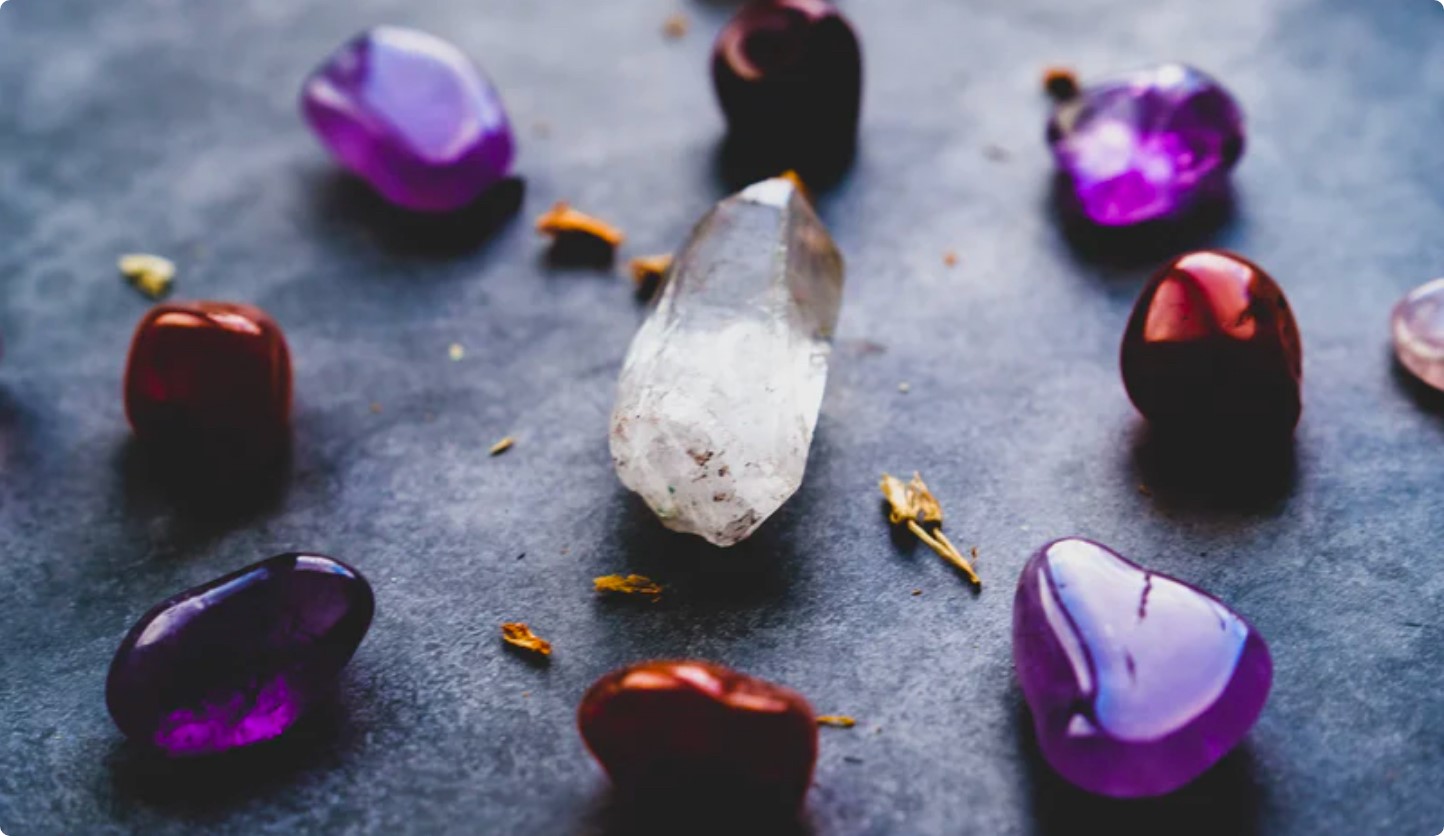BACK IN THE DAY

September 10, 2021
Shorts
Gold Leaf
You can go into one of the larger chain supermarkets in Bangkok and buy a couple of 1.5 inch square sheets of 99.5% pure gold for about USD 2.00. No Joke! It is used as a worship offering in the Buddhist religion. Before you get too excited let me explain. Have you heard that you could flatten an ounce of gold so thin that it will cover an entire football field in an unbroken film? Yes, in fact you can. One of the many useful attributes of pure gold is its malleability.
There is an industry in Thailand that produces gold leaf. Through a painstaking, repetitive procedure, gold is hammered between sheets of leather until it is so thin that it becomes delicate enough to blow in the wind. The catch is, it is light and extremely difficult to work with because it wants to cling to anything it touches. Those 1.5 inch square sheets I mentioned - when you access them between the thin sheets of paper they are packed and presented in, are very fragile. One mistake and you find it wrapped around you finger. And there is no recovery. Carefully rub it all off to collect it and you will find it hard to even find the piece of dust that it becomes. That is how much (or little) material there was to begin with, though it looked so big. If you did manage to loosen it in a sheet, it would gently float to the ground like a feather.
In the preparation of the material there are some strict rules, some special tools and some very delicate hand work are required. The rooms in which they work must be dry and there can be no air flow. A kind of flat wide bamboo tweezer is used to remove the sheets and divide their size, time and again, before being replaced between more sheets of leather in stacks. The leather stacks are hammered – more like pounded – continuously while the gold thins and spreads in between the leather sheets until the gold sheet becomes too big again and needs to be removed and divided once more. This is done over and over until the resulting gold sheet is thinner than plastic wrap. Handled carefully, it never breaks.
Worshippers will apply this as an offering to the surfaces of statues of buddhas. One layer after the other, the statue then becomes totally covered. Over time it looks like a statue made of gold.
In the western world, people use adhesives if they work with gold leaf. In Asia, pretty much any pasty liquid will work. Some just rub a piece of garlic on the spot before quickly swiping the leaf into place.
Mexican Opals
I the municipality of Magdalena in Mexico there was a rush of miners searching for fire opal during the 1960’s and 1970’s. This is a hot, dry rocky terrain and the working conditions were basic. Since the material was in seams in fissures in the rocks much of the work involved moving and hammering large rocks.
Opal has a moisture content of around 10% but can go as high as 20%. When the stones are recovered and exposed to the ambient weather on the ground surface they would begin to dry out. So, the miner would place their newfound materials in a small container filled with water. When it was time to bring the material to market, the miner would seek out a buyer in one of the nearby towns. Poor guys.
The buyer would take the material out of the jars of water, lay them on a table and immediately lower a strong light over them. The light would be hot, of course and he would then begin to negotiate prices. Meanwhile, due to the moisture in the stones they would begin to explode like popcorn – as the heat from the light encouraged expansion.
Imagine the distress to the miner as he watches the fruit of his labor, his dreams of riches, begin to self-destruct. What kind of bargaining position is that?